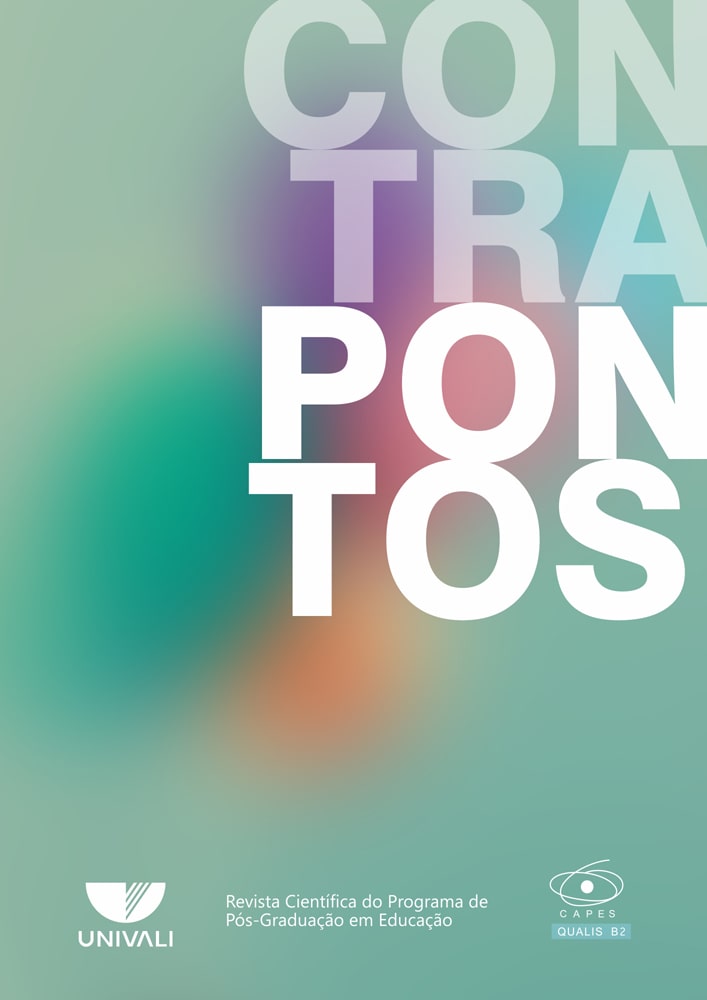
The objective of this article is to construct a theoretical contribution capable of giving us indications to resize the gap between the doing (practical), the knowledge that supports this doing (theoretical), and the aesthetic (subjective) and ethical (intersubjective) dimensions in Physical Education (educational). A bibliographical study was conducted on the works of Hans-Georg Gadamer (in particular, the work Truth and Method), and on his commentators, seeking to justify our educational task, based on our relationship with the body culture of movement beyond a scientific-instrumental rationality. The recognition of movement as a phenomenon of language allows us to take a broader look at the dimensions of knowledge in our thematization field; On the other hand, it indicates the need for a deeper dialogue between the notions of language and experience, since these can not be seen as two opposing poles, but as a (complementary) condition of our understanding of the world.





